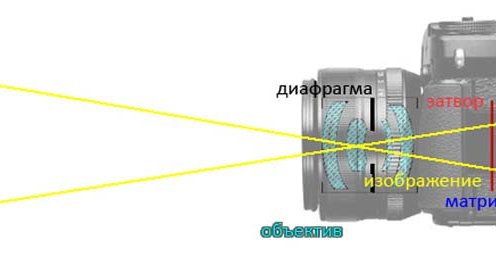Digital Camera Selection

Have you decided to buy a digital camera? Let me congratulate you. It's one of the best ways to break the shining gap in the family budget. You're probably useless, so I'll just tell you how. Choose a digital camera.to make this choice a minimum financial and psychological damage.
Regrettably, it is not possible to make clear, universal recommendations on the choice of a camera for an abstract starter photographer, as the needs of all photographers differ. Various photographic tasks require different equipment. The camera that totally agrees with me may be completely inappropriate for you. Despite this, I will still try to highlight the specific digital camera models that, in my view, meet the requirements of the widest range of photographs.
What's worth drawing attention?
Marketologists don't get tired of washing the brains of naive photos by those camera parameters that are easily numerical (Determination, ISO, Zoom density, etc.), although they say very little about the suitability of the camera to a real film outside the walls of the photo store.
The clearance of the camera (specifically, its matrix) is measured in mega-pixels (Mp), i.e. in the number of points from which the camera matrix is made, and therefore the images it produces. To date, the resolution of the digital cameras exceeds their facilities and, to a greater extent, far exceeds the capacity of most photographers taking these cameras. Ten mega-pixels are enough for anyone, and today it's hard to find a camera with less resolution. Instead of authorizing it, focus on the physical size of the matrix - the larger size (i.e., the smaller the blob de facto matrix), the better. Under other equal conditions, a larger sensor is more sensitive to the light, has a greater dynamic range and less noise.
ISO is the photomat response standard (in our case the digital matrix) to light. The maximum value of ISO implicitly describes the ability of the camera to remove in light conditions, but it should not be forgotten that increased sensitivity inevitably leads to noise. What is the difference from the manufacturer ' s stated maximum value of ISO 102400 if they cannot be used in practice because the image would be a complete red and blue mesio? Compact cameras with small sensors always act terrible at high ISO. The mirror cameras look much better, but they also require sensation.
See also:








